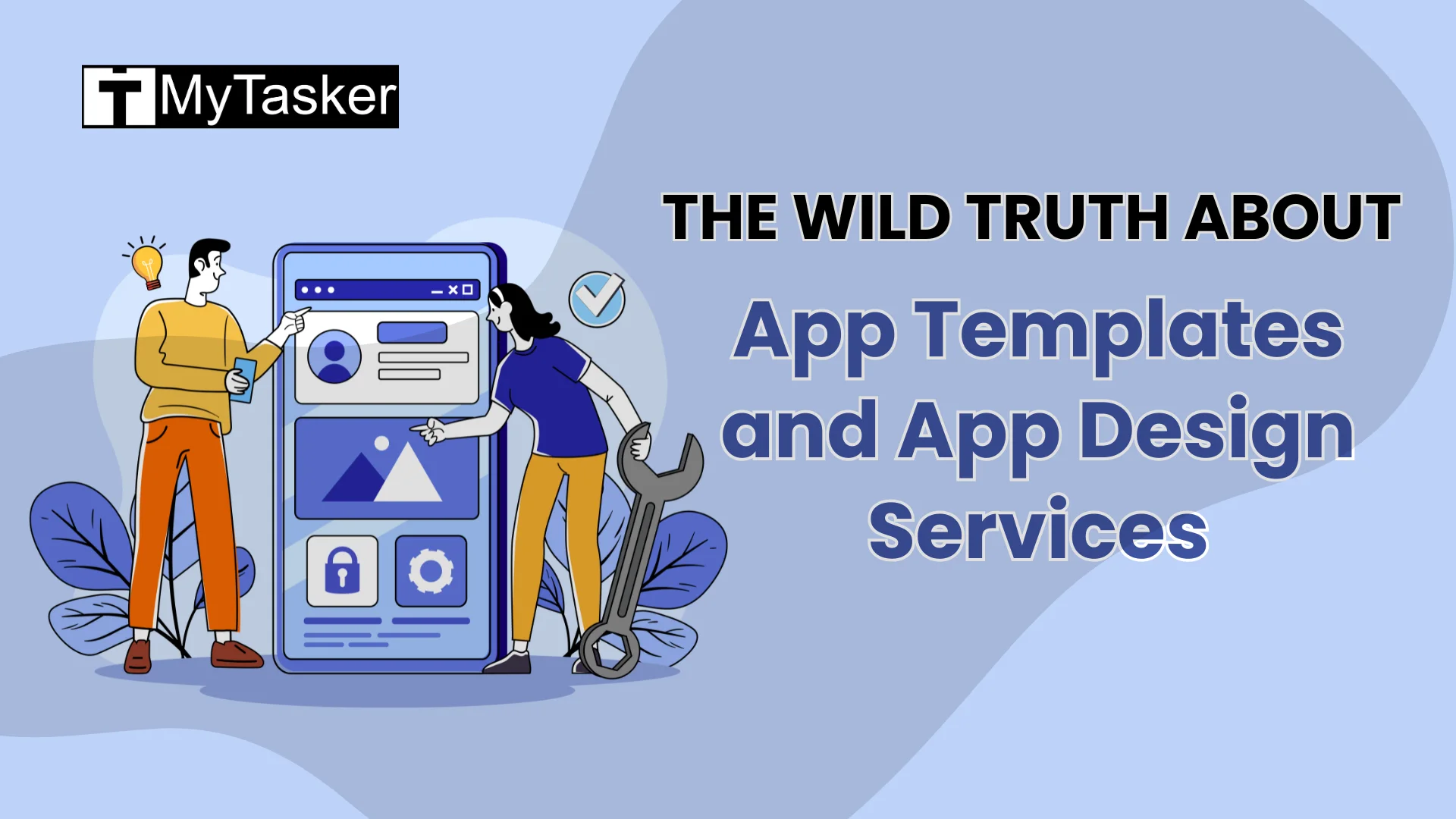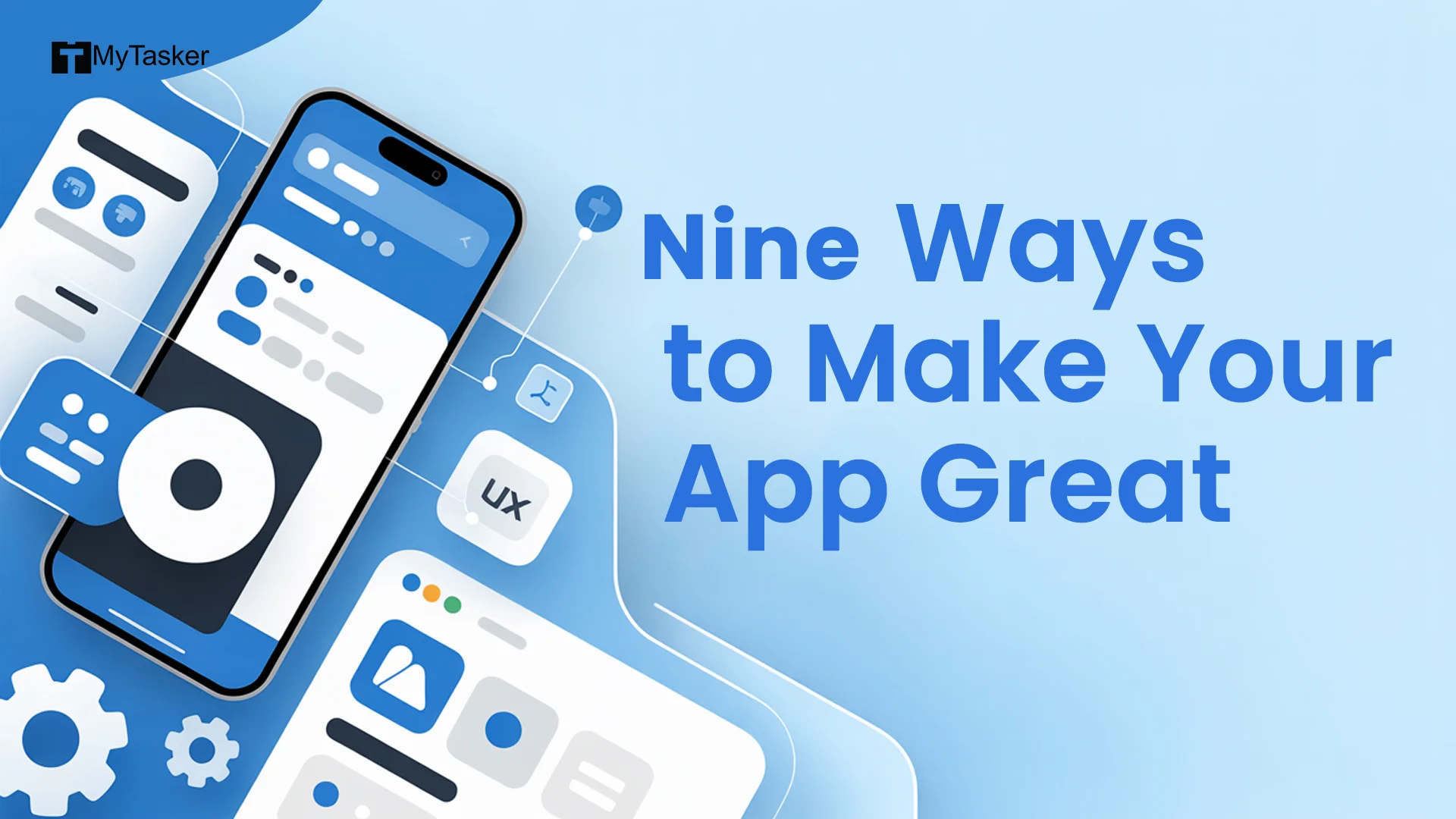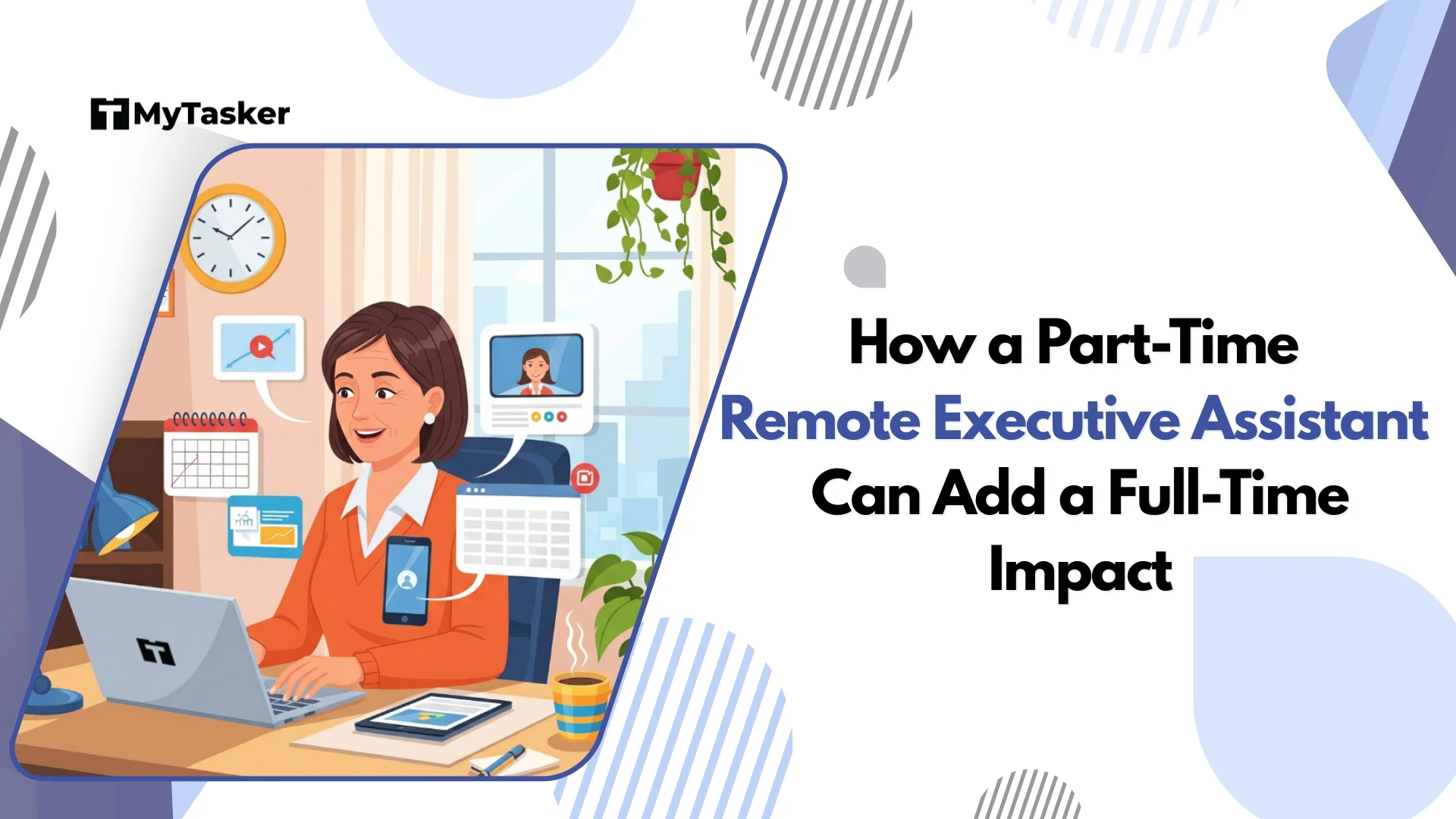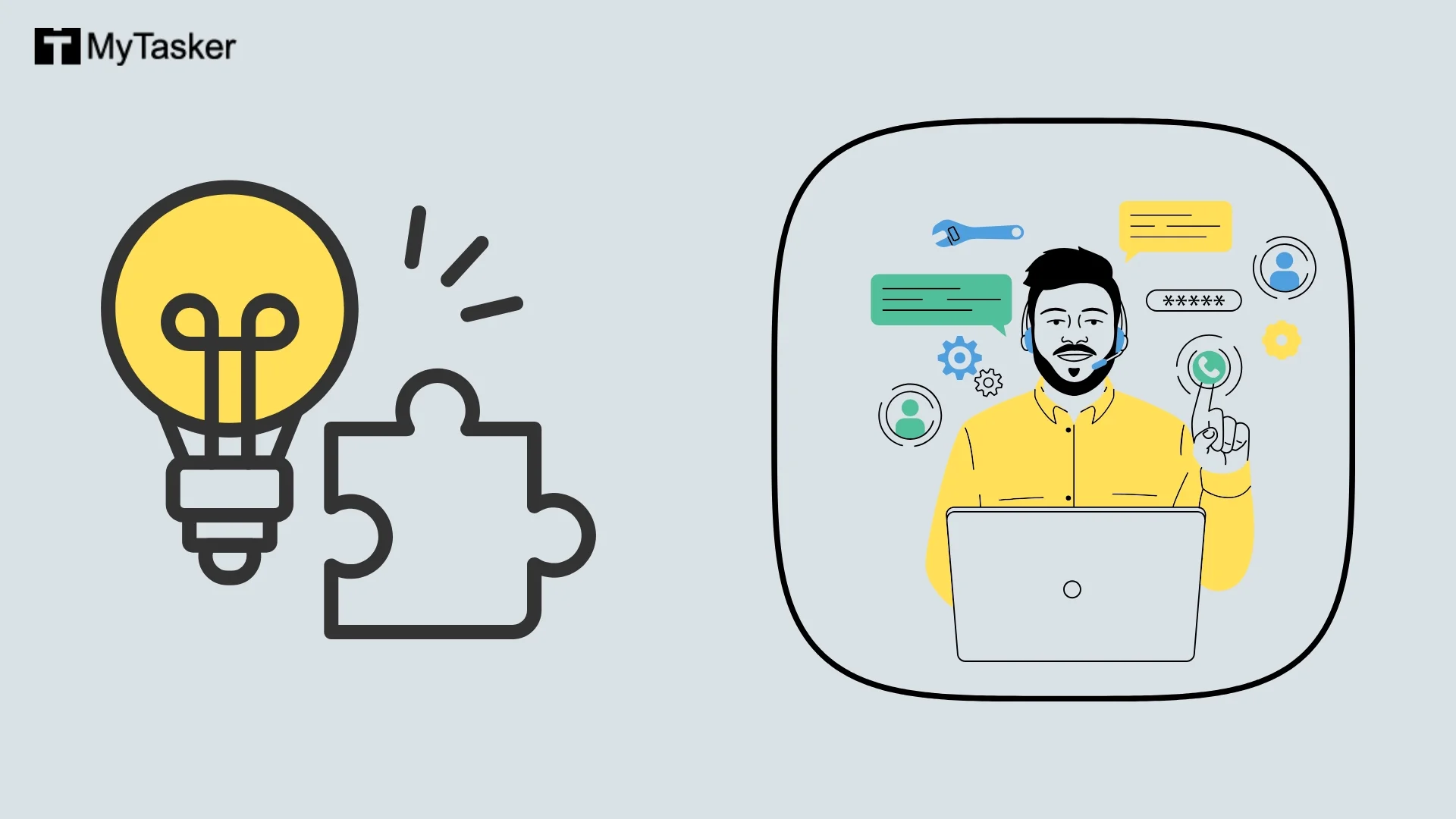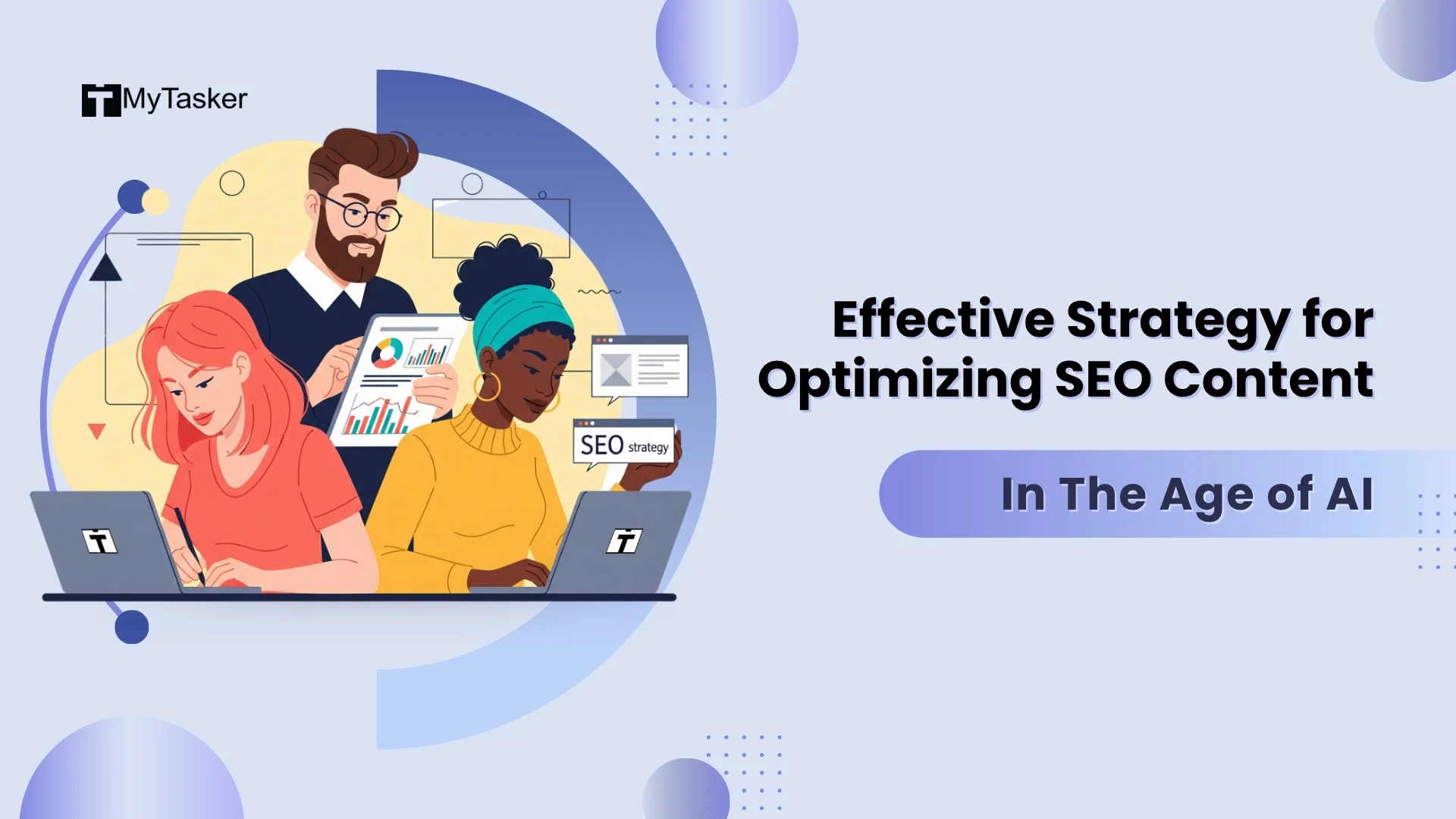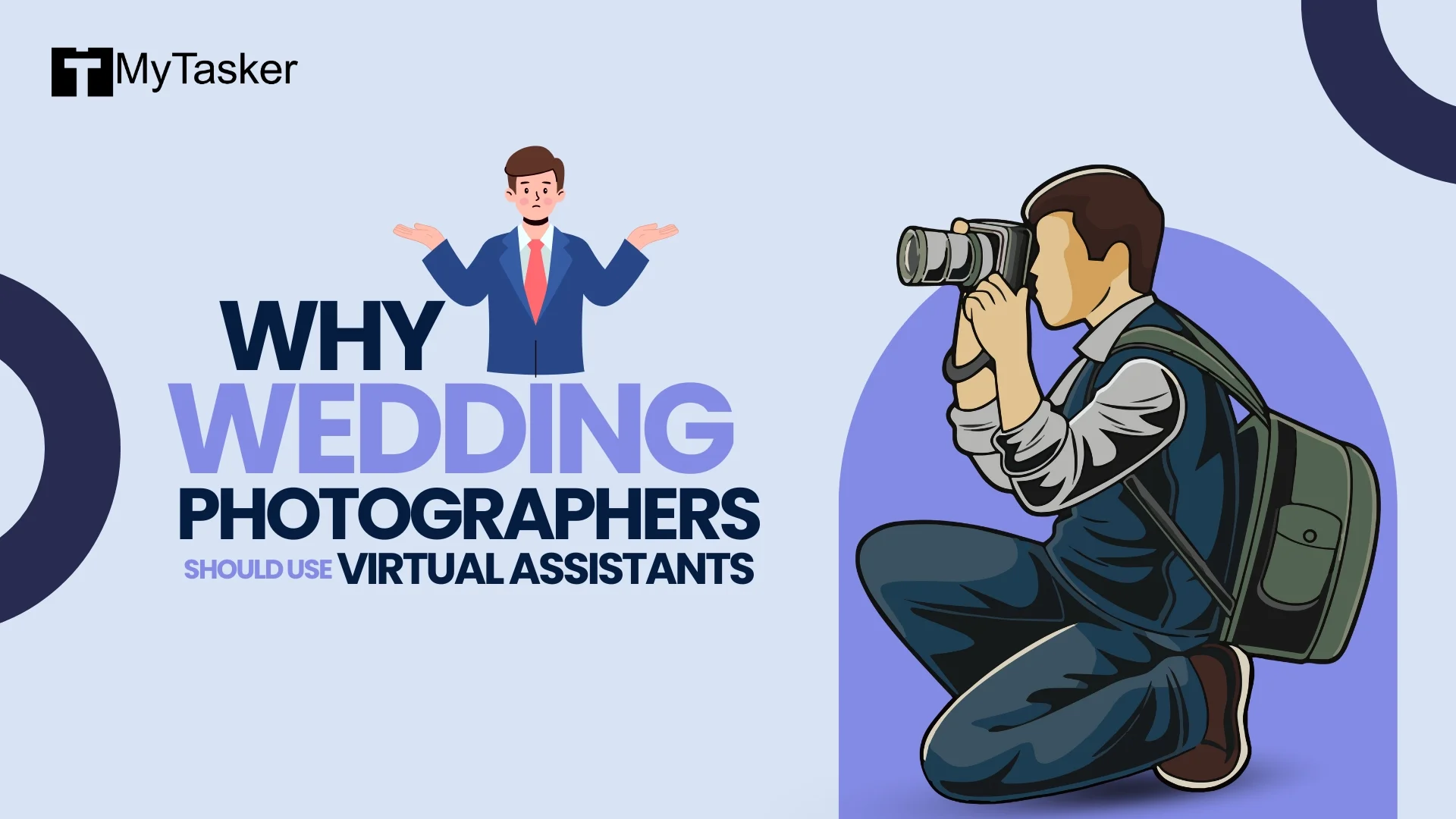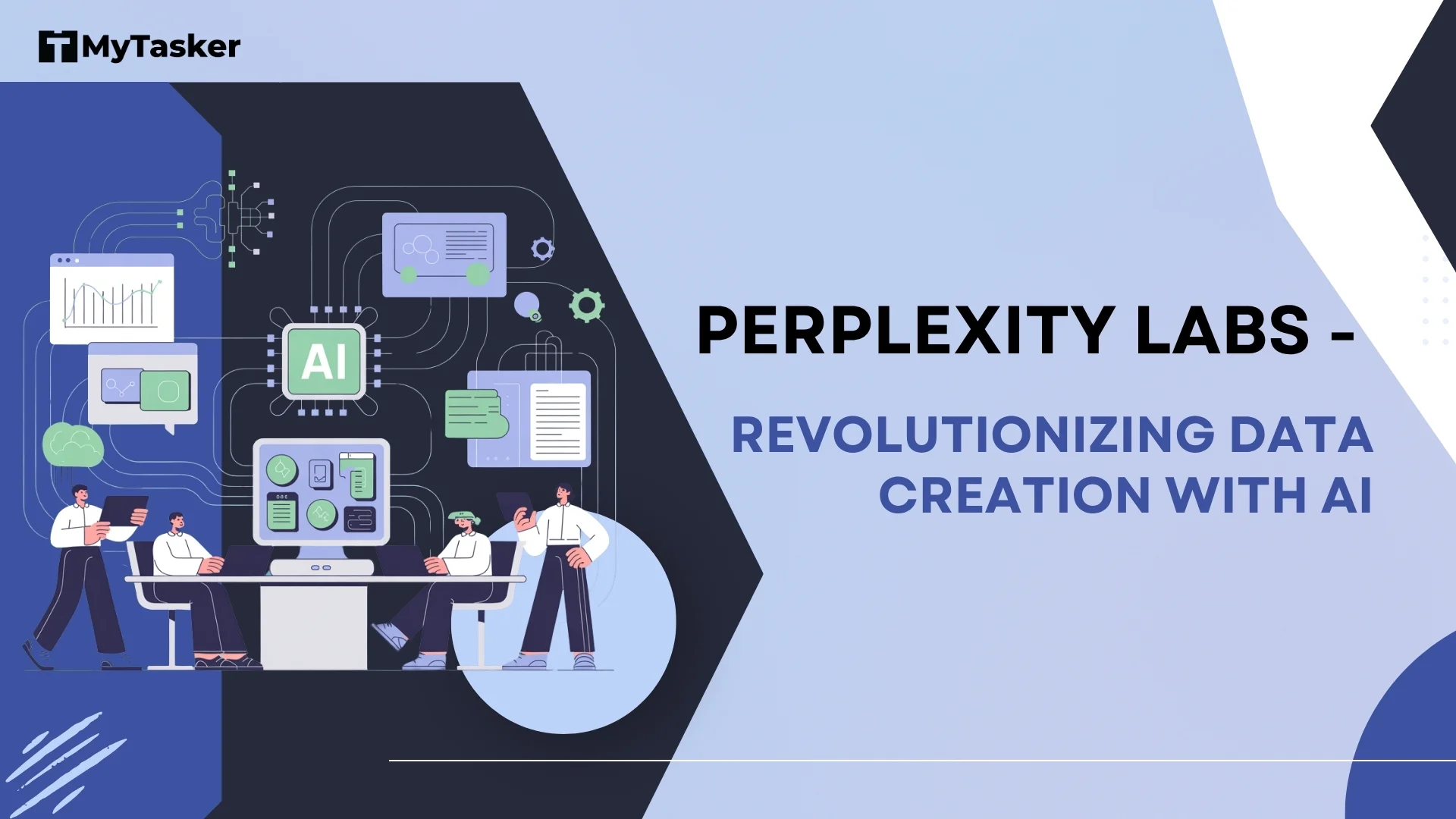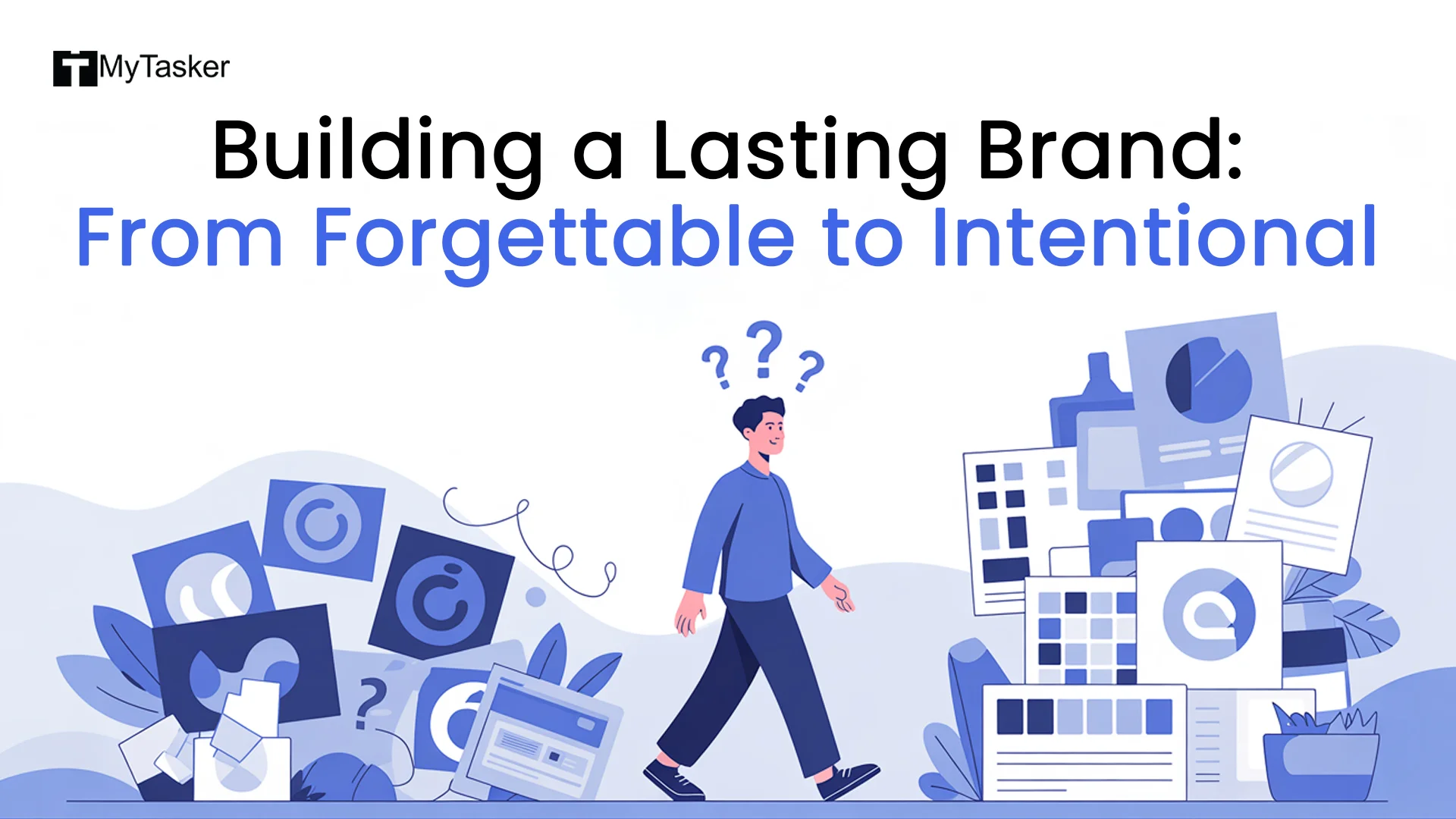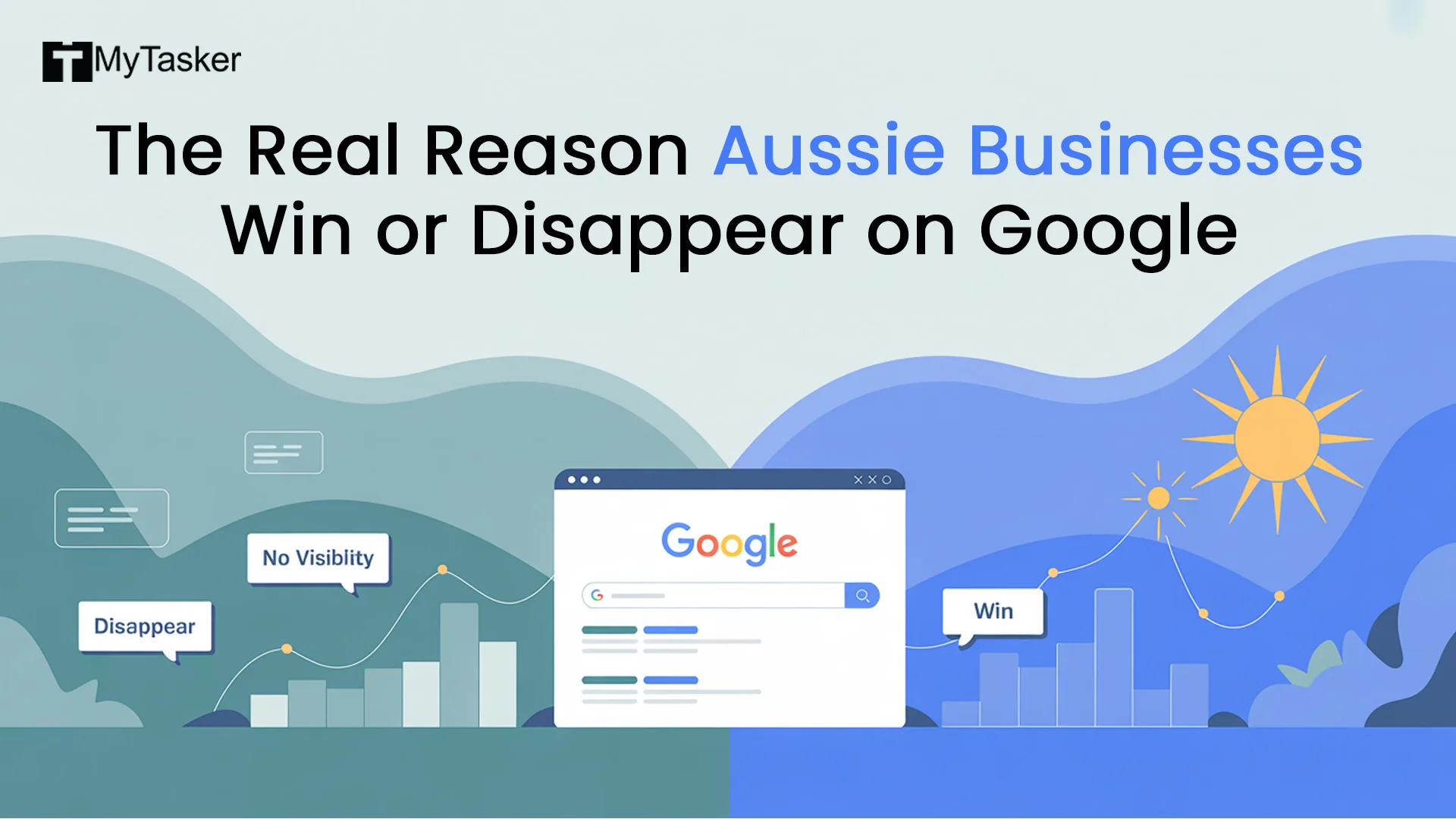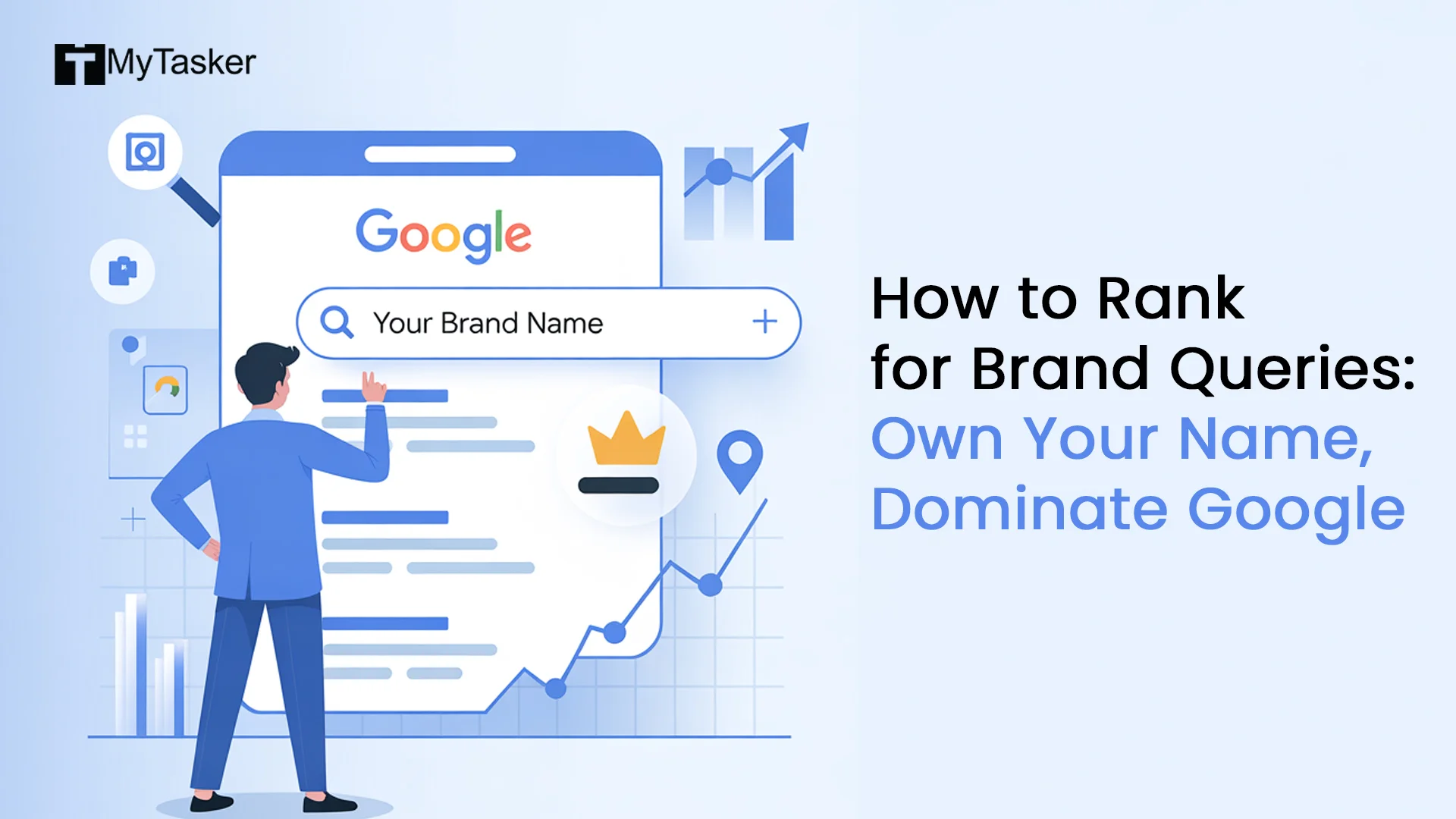Let me tell you something no one says out loud in polished agency blogs or those pixel-perfect SaaS landing pages.
Most apps are dead at launch.
Not because the idea sucked. Not because the code broke. But because the design was lifeless. Generic. Forgettable.
Do you know the average app retention rate after 30 days? 21%. That means 8 out of 10 users vanish within a month of downloading.
There are 3.8 million apps on Google Play and 1.8 million on the Apple App Store. You’re not just competing, you’re fighting for air.
In this oversaturated app jungle, you’re not just competing with similar products. You’re competing with TikTok, Spotify, Duolingo, and whatever shiny thing Apple released last week.
If your app doesn’t grab people by the eyes and guide them like a damn oracle, it’s gone.
77% of users abandon an app within the first 3 days. Not weeks—days. If you can’t hook them fast, you’ve lost them. Period. Your app might still be installed, but in the user’s mind? It’s already dead.
And if you think building from scratch is some badge of honor — wake up.
Templates exist because time doesn’t wait. Design agencies exist because chaos needs translators. SaaS-focused teams exist because your churn rate doesn’t care how pretty your homepage is.
So no, this isn’t another “top 10 tools” snooze-fest. This is a war map. For real builders.
App Templates & Premade Apps: The Dirty Little Secret of Fast Launches
Let’s cut the pretense.
Buying an app template is not cheating.
It’s hacking time. It’s skipping the unnecessary pain of building login flows and nav menus when someone else has already done it cleaner, better, faster.
Templates aren’t for the lazy. They’re for the ruthless.
For the founders who know: “I need to get this live before doubt kills me.”
And where do the smart ones go? To the quiet goldmines: CodeCanyon. FlutterFlow. UI8. Instamobile.
Places where the bones are built — you just bring the soul.
Still, don’t be that person who slaps on a new logo and calls it done.
That’s like microwaving a frozen pizza and inviting investors to dinner.
Customize it. Rip it apart. Rewire the flow. Inject your voice into every screen.
And when should you use one?
When you need speed.
When you're broke but brilliant.
When you’re staring at a blank Figma file with zero traction and too many tabs open.
That’s when you buy. And build smart.
Mobile App & Web App Design Services: Beyond the Pretty Pixels
Good design isn’t “clean.” It’s intentional.
People think design is decoration. That it comes after the code, after the features, after the product strategy.
But let me ask you this: what’s the first thing a user sees?
What’s the first thing they touch, tap, scroll, swipe?
Exactly. Design is the damn product.
88% of online consumers are less likely to return to a site/app after a bad experience.
If your mobile app doesn’t guide users like a lighthouse in a fogstorm — it’s useless.
If your web app doesn’t scale from phone to tablet to that weirdly long monitor your client uses — it’s broken.
A solid mobile app design service does more than draw rectangles and gradients. It studies people. It prototypes ideas fast. It doesn’t give you pretty screens — it gives you flow.
Custom design? That’s where it gets holy. That’s when your app doesn’t just work — it feels like you. Every button hums with brand energy. Every transition speaks to your identity.
Don’t confuse that with semantics. Mobile app design vs. mobile application design — same damn thing. Pick the words that match your tone. Just make sure what you're delivering isn’t a glorified Google Form with rounded corners.
And let’s not forget web apps. These aren’t websites.
They’re tools. Workhorses. They need to respond, flex, scale, dance.
Web app design is the unsung hero. And most teams still treat it like an afterthought.
You can do better.
App Design Agencies & Firms: Know Who You’re Hiring
You’re not hiring someone to “make it look good.” You’re hiring someone to bring your chaos into order.
A real app design agency gets in the trenches with you.
They listen when you’re half-coherent, mid-panic, two espressos deep, trying to explain a feature you haven’t fully thought through yet.
They ask hard questions. They challenge your logic. They fight for your user, even when you don’t.
And when it comes to choosing the right one, here’s the test:
If they make you feel dumb, walk away.
If they make your idea better, stay.
Want names?
Ramotion. STRV. Zajno.
Or maybe that underdog team you’ve never heard of — like MyTasker — the ones burning through midnight oil, building work that wins. But know this: iOS and Android are different beasts. One is obsessed with minimalism. The other throws screen sizes at you like dodgeballs. If your agency can’t handle both, you’re flying blind on one platform.
And if you’re thinking, “It’s just design,” you haven’t learned yet that good design does something more than look good.
It makes people stay.
It makes people pay.
It makes people care.
That’s what scales your business. That’s what wins loyalty when your marketing budget runs out.
SaaS Design Services & Agencies: Where Form Meets Function
You built a tool.
You built a product.
But unless your design knows how to onboard, educate, convert, and retain, all you’ve really built is noise.
A SaaS design agency isn’t some artsy crew making your dashboard “pop.”
They are surgeons. Strategists. Conversion therapists.
They make the difference between “what is this?” and “oh, this is exactly what I need.”
A SaaS homepage isn’t just a page.
It’s your sales pitch.
Your dating profile.
Your battlefield.
If your design doesn’t communicate trust, clarity, and momentum in the first five seconds — you lose.
And no, traditional web designers don’t cut it. They’ll give you a beautiful brochure when you need a conversion engine.
So choose your partners like your revenue depends on it. Because it does.
Find the ones who prototype fast, test faster, and design with empathy — not just aesthetics.
Find the ones who see churn and activation rates as part of the brief — not afterthoughts.
And whatever you do, don’t hire yes-men.
Hire those who challenge your roadmap, your assumptions, your ego.
They’ll save your SaaS before it drowns in bounce rates.
This isn’t just an article. It’s a flashlight in a tunnel full of templates, agencies, pixel worship, and paralysis by analysis.
Whether you buy a $49 template or hire a $40K design firm, the truth is this:
You still have to care.
You still have to own the product.
You still have to sweat every screen, every click, every confused moment your user has.
Design is not fluff.
Design is not aesthetics.
Design is the conversation your product has with the world.
So speak clearly. Speak boldly. Just do better.



